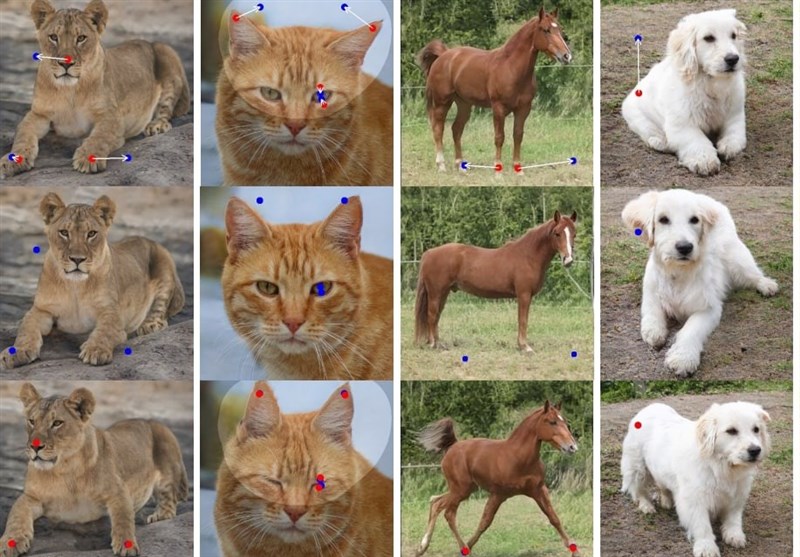AI Tool Allows Drag-and-Drop Image Manipulation with Impressive Results
TEHRAN (Tasnim) – Researchers have developed a new AI tool that enables users to easily manipulate images by dragging elements to change their appearance.
A recent research paper showcases the continuous growth of AI tools in manipulating images, allowing users to effortlessly modify picture elements by simply dragging them. Although currently limited to a research paper, the system's capabilities are highly impressive, according to the Verge.
While it may not initially sound groundbreaking, a closer look at the examples reveals the system's remarkable potential.
This system goes beyond basic modifications, enabling users to change car dimensions, alter facial expressions from smiles to frowns with a click and drag, and even rotate subjects within pictures as if they were 3D models, such as altering their facing direction. One demonstration even showcases users adjusting lake reflections and mountain range heights with a few clicks.
These videos originate from the research team's homepage, which has experienced crashes due to the substantial traffic generated by Twitter users.
According to the responsible team, what sets this work apart is not solely the image manipulation itself, but the user interface. While AI tools like GANs have enabled the generation of realistic images for some time, they often lack flexibility and precision. For instance, instructing an AI image generator to produce a picture of a lion stalking through the savannah may result in a lion, but not necessarily in the exact pose desired.
The DragGAN model addresses this issue by providing a clear solution. Its interface resembles traditional image-warping methods, but instead of smudging existing pixels, the model generates the subject anew. The researchers highlight that their approach can even hallucinate occluded content, like teeth inside a lion's mouth, and accurately deform objects according to their rigidity, such as the bending of a horse's leg.
While this remains a demo and a complete evaluation of the technology is currently impossible, such as the realism of the end images based on low-resolution videos, it serves as another example of how image manipulation is becoming more accessible and advanced.

